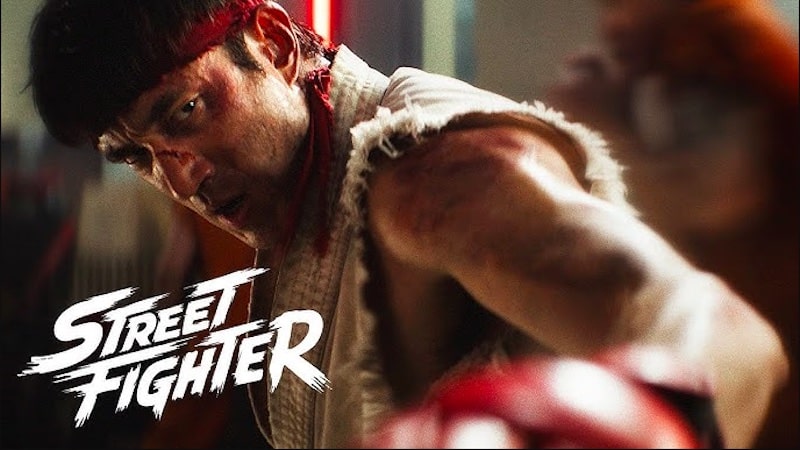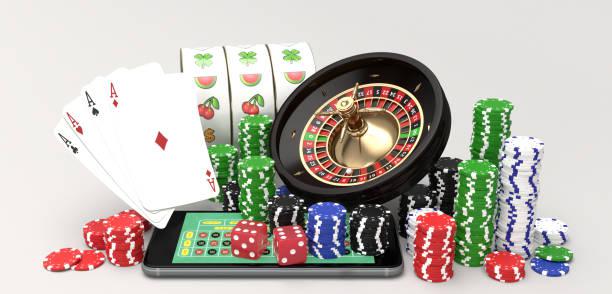The Psychology of Microtransactions in Online Games

Watching friends happily tap their screens while bright coins tumble across the display can feel a bit like standing in an arcade of the future. The pull is strong, and even seasoned players sometimes wonder why a tiny digital sword suddenly seems worth real money. Early on, researchers noticed that the same excitement found in places such as bet inferno casino, slot pony casino, and spinlander casino shows up inside many popular online games. Microtransactions—the option to buy small virtual items—sit at the center of this modern thrill ride. Some purchases cost less than a candy bar, yet they still shape how people play, compete, and socialize. By looking at the psychology behind these bite-sized deals, it becomes easier to see why developers design them, why players click the “buy” button, and how healthy habits can keep the fun alive without draining a wallet. This article walks through the key mental triggers, design tactics, and personal strategies that turn a harmless tap into either a quick smile or an expensive routine.
What Makes Microtransactions So Tempting?
In psychological terms, microtransactions exploit several well-known biases that steer decision making. The first is the illusion of small numbers. When a bright button flashes “Only 99 cents,” the brain treats the price more like pocket change than real currency. Because the amount feels trivial, players focus on the reward rather than the cost. Next comes the power of instant gratification. The item arrives the moment the tap is confirmed, delivering a surge of dopamine similar to opening a gift. Developers often layer urgency on top by adding countdown timers or limited stock. This taps into fear of missing out, nudging players to act before logic weighs in. Finally, many games convert dollars into special gems or coins, which hides the true cost. Spending 300 crystals feels different from spending three dollars, even though the numbers match. Together, these tactics create a smooth on-ramp that tempts both casual and hardcore players alike.
The Role of Game Design Tricks
Game designers weave microtransactions into play loops so that buying feels like a natural step rather than a separate store visit. One common trick is the “pain point.” A level might spike in difficulty or make progress painfully slow unless a special boost is purchased. Because players are already invested, spending seems easier than quitting. Progress bars that fill faster after a purchase reinforce the habit loop, showing players a vivid, moving reward for their money. Another method is personalization. When the store showcases skins that match a player’s favorite character or color scheme, the offer feels handcrafted, increasing attachment. Social proof also appears in smart ways. Seeing friends wield an exclusive mount signals status, encouraging others to catch up. Finally, designers sprinkle random rewards into loot boxes. Even when the odds are low, the uncertainty keeps hope alive, much like a raffle ticket. Each of these elements blends seamlessly with story and visuals, masking the commercial side. The result is an environment where paying is portrayed as just another exciting choice on the journey toward victory.
Emotional Drivers and Player Identity
Beyond clever design, emotions play a starring role in repeated spending. Pride often tops the list. Owning a rare cosmetic tells the community, “I was here first,” or “I conquered that challenge.” The badge becomes part of a player’s identity, much like a team jersey. Belonging is another strong driver. Guildmates may ask all members to equip matching emblems for a raid. Nobody wants to be the lone oddball, so buying feels like a ticket to togetherness. Curiosity also nudges wallets open. Mystery boxes promise hidden treasures, and the mind races through possible wins, inflating their perceived value. Finally, relief can motivate purchases. When a time-limited pass wipes away grinding chores, the emotion is not joy but freedom from hassle. Each feeling narrows focus on the benefit while sidelining budget concerns. Recognizing these emotional hooks does not remove the fun, yet it does give players a mental pause button before the next tap.
Finding Balance: Tips for Healthy Play
Microtransactions are not automatically harmful; they become risky only when spending outpaces enjoyment. Setting simple guardrails can protect both wallet and fun. First, players can apply a monthly budget, the same way families budget for movie nights. When the limit is gone, the store stays closed until next month. Second, turning off one-click payments adds a tiny barrier that forces a short reflection. That pause often cools impulse buys. Third, sharing purchase history with a friend or parent creates gentle accountability. No one likes explaining fifteen mystery chests in one afternoon. Fourth, seeking games that reward skill over spending builds confidence and reduces pressure. Finally, parents of younger players can treat microtransactions like an allowance: small, planned, and tied to chores or achievements instead of emotion. By following these steps, gamers keep control of the experience. The goal is not to remove excitement but to make sure every purchase feels like a choice, not a reflex.




